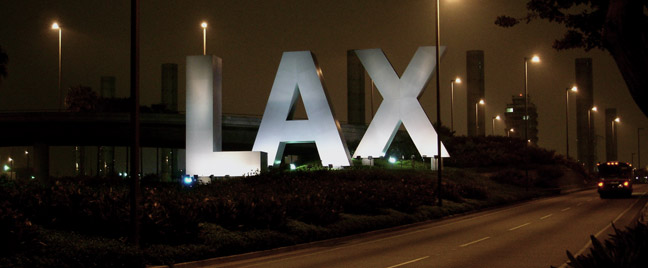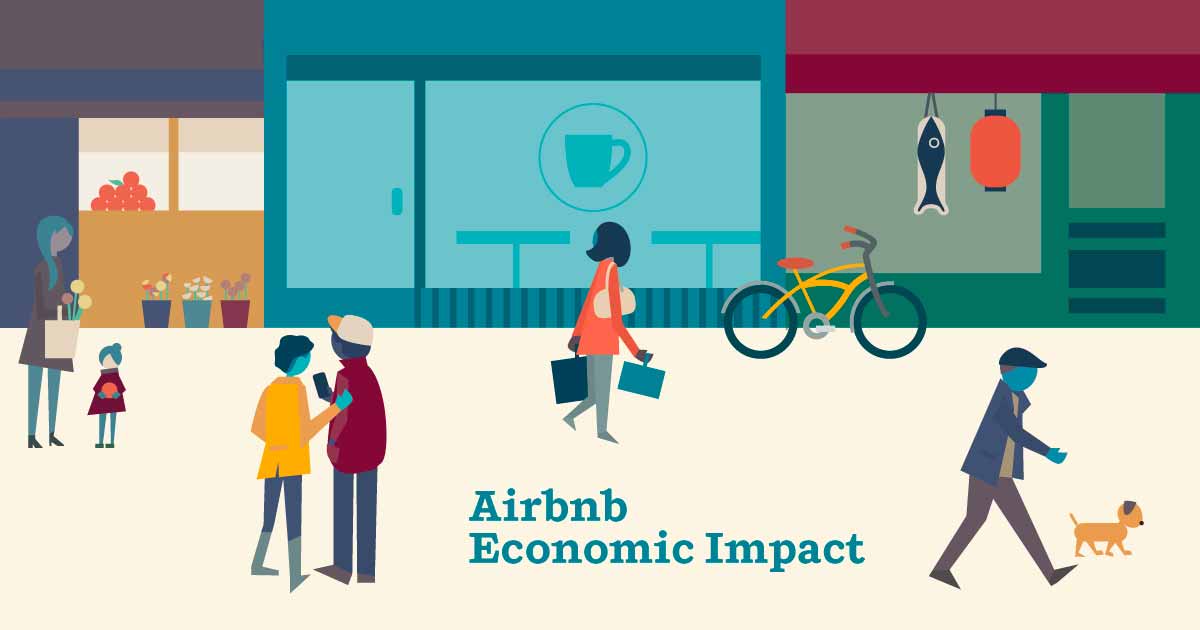HR&A has analyzed the economic impacts of film production tax credit programs in New York, Massachusetts, and Louisiana to support key policy goals on behalf of the Motion Picture Association of America.
New York has a long and illustrious history as a center of film and television production. To remain an attractive place for filming and production, New York State enacted the Empire State Film Production Tax Credit, which has supported over 700 film and television projects since its 2004 inception. In 2012, our study of the New York State Film Production Tax Credit demonstrated the credit’s essential role in bolstering the state’s thriving film and television production industry, generating 28,900 jobs and $6.9 billion in spending. Following the study’s release, Governor Andrew Cuomo released a proposed budget containing a five-year extension of the credit. The extension and enhancement of the state’s film and television tax credit will provide the stability necessary to attract more long-term investments and create more jobs for New Yorkers all across the state. The extension expanded the scope of projects eligible for the credit, accommodates the rise of visual effects spending as a portion of overall budgets, and included provisions to drive more film production and post-production in upstate New York.
In 2013, HR&A assessed the economic and fiscal impacts of the Massachusetts Film Production Tax Credit Program. Our analysis estimated jobs, wages and economic output generated from filming and post-production activities, and considered the economic impact of production as well as the spending associated with film tourism, infrastructure investments for production facilities, and value from media exposure. We found, that the tax-credit program generated 2,200 jobs in 2011 and $375 million in state spending, and also significant infrastructure investment. Following the release of our study, the state legislature rejected a budget amendment that would have capped the Commonwealth’s investment in the incentive program.
HR&A examined the dramatic growth of the Louisiana motion picture and television industry, in our economic and fiscal impact analysis of the Louisiana Motion Picture Investor Tax Credit on behalf of the Motion Picture Association of America and the Louisiana Film and Entertainment Association. The analysis considered three major sources of economic impact – direct production spending, visitor spending attributable to film-induced tourism, and construction of studio and other production infrastructure. The Louisiana State Legislature enacted the credit in 2002, and adjusted it to a 30% tax credit on all qualified Louisiana production spending and a 5% tax credit on Louisiana resident payroll in 2009.
From 2002 to 2013, film and television production employment increased by over 5,000 jobs, with estimated production spending of over $1 billion in 2013. In 2013 – considering both production spending and visitor spending attributable to motion picture and television tourism – the credit supported up to 33,520 jobs in Louisiana across all industries, generating up to $1.2 billion in personal income and up to $4 billion in economic output in Louisiana. In particular, visitor spending attributable to motion picture and television induced tourism in the state supported up to 22,720 jobs in Louisiana, generating up to $767 million in personal income and up to $2.4 billion in economic output. The tourism impacts are based on a survey of 1,381 recent visitors to Louisiana conducted by HR&A and Federated Sample, which found that 14.5% of domestic, out-of-state, leisure visitors can be considered motion picture- and/or television- induced tourists.
In all of these studies, HR&A used IMPLAN modeling to estimate the full economic benefits of the film credits, capturing the results in terms of jobs, wages, and economic output generated. HR&A also examined the fiscal impacts of the credits, in terms of state and local tax revenues. In all cases, HR&A’s final reports helped demonstrate the value of these types of tax credits for each state.






